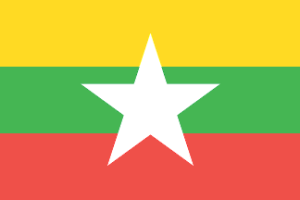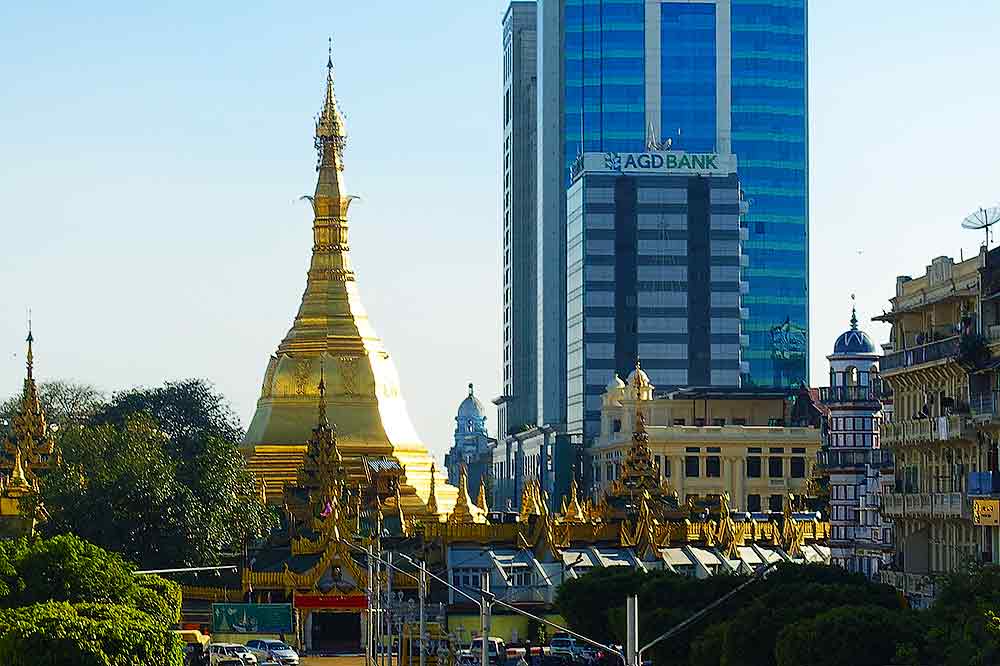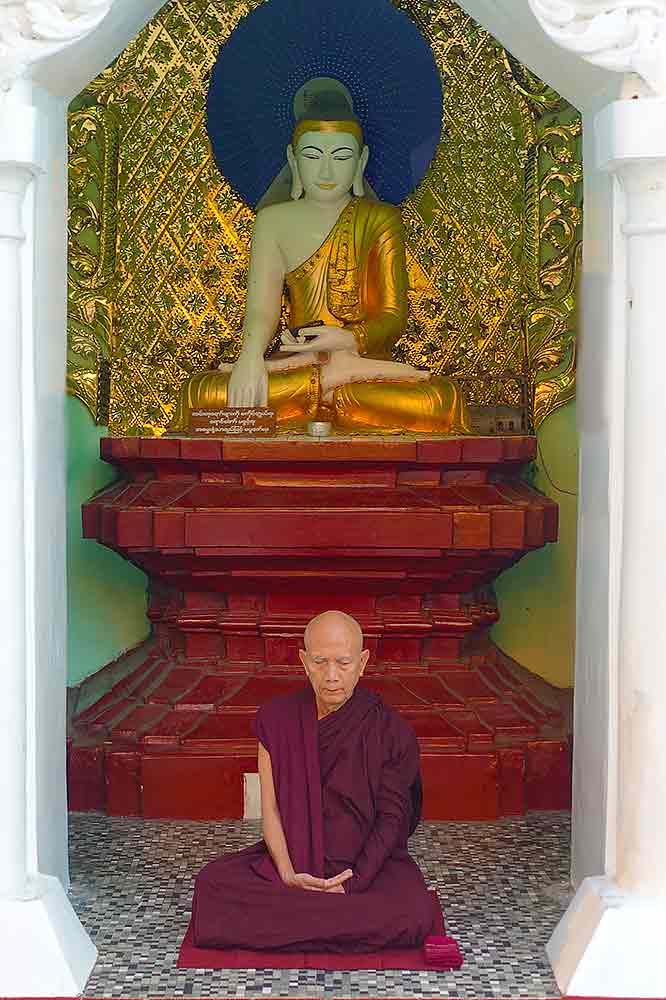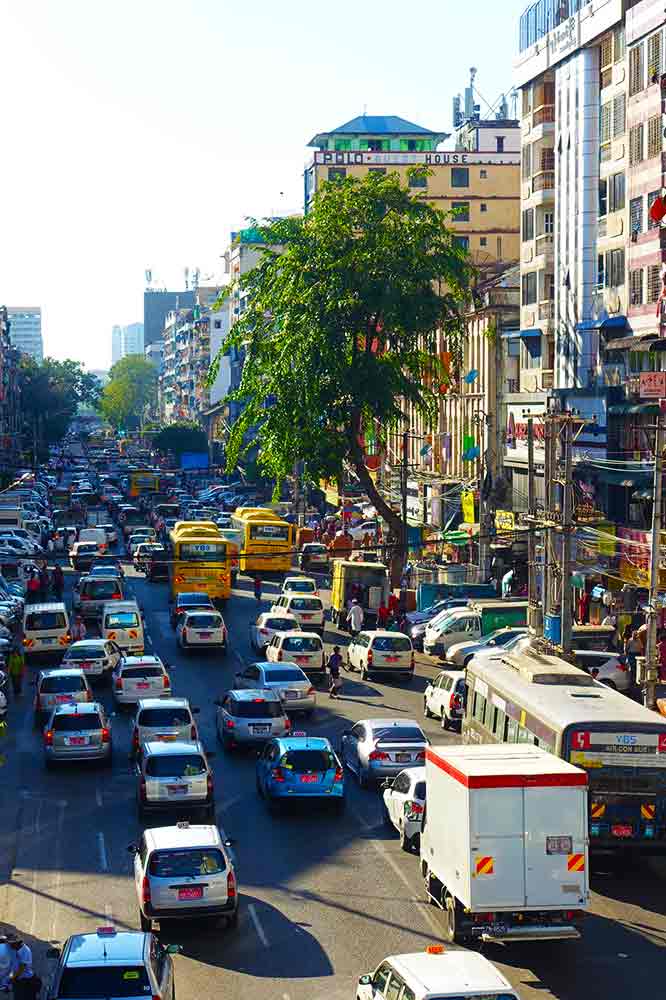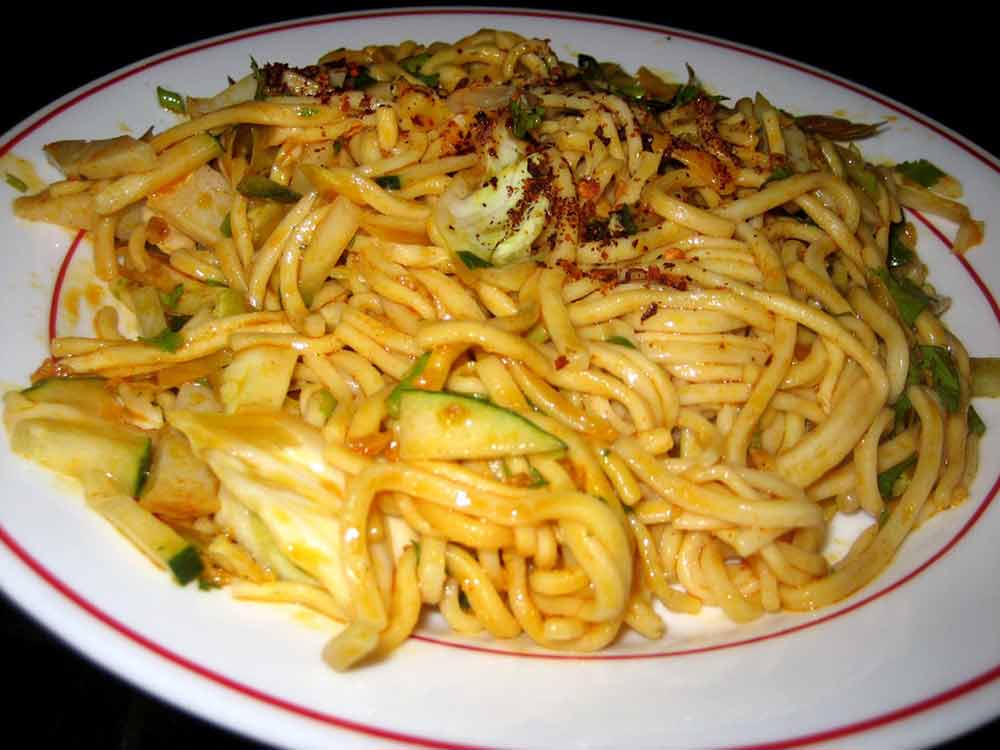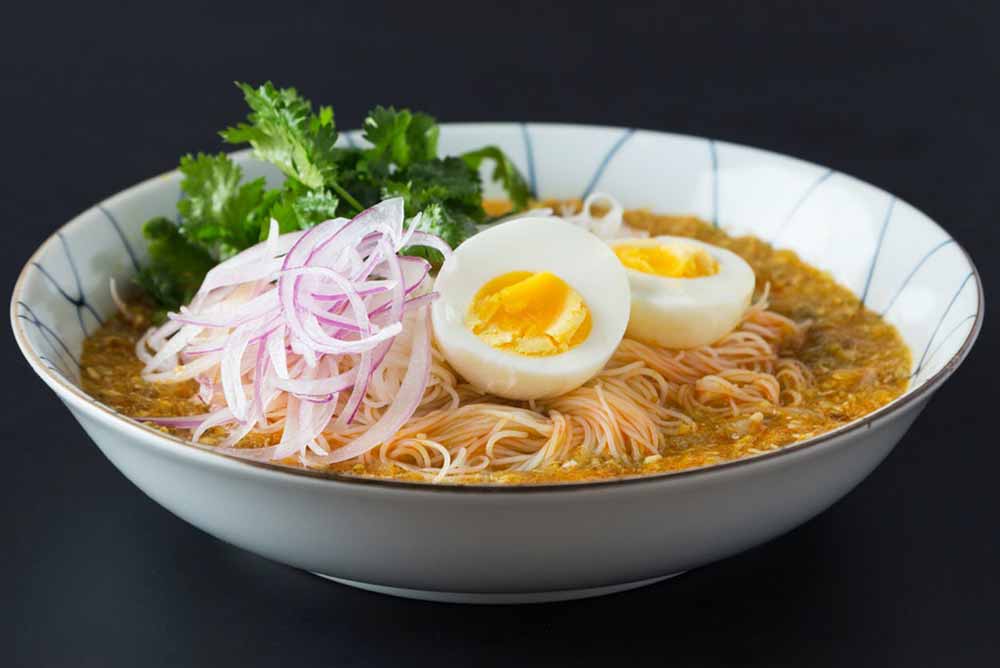Myanmar Travel Guide
Geography of Myanmar
Myanmar, with a total area of 261,220 square miles (678,580 square km), is bordered by Bangladesh and India to its north and west, by Tibet to its northeast, China to its north, and Laos and Thailand to the southeast. The country has 1,240 miles (1,995 km) of contiguous coastline along the Andaman Sea and Bay of Bengal.
Myanmar is a very mountainous and forested nation. In the north, the Hengduan Mountain Range is the dominant geographical feature, and Burma’s highest point, at 19,300 feet (5,882 meters), is found here.
Mountain ranges divide Myanmar into three areas: the Irrawaddy River area, the Salween River area, and the Sittuang River area.
The Irrawaddy is the major waterway in Myanmar and is its longest river.
In its valleys between mountain ranges, Myanmar has fertile lowlands, where most of its food is produced and where the majority of its population lives.
Major Holidays in Myanmar
Holidays in Myanmar, as in all Southeast Asian nations, are festive and fun times. Traveling in a country during its major holidays provides an opportunity to see the best of the cultural traditions in that country.
The Burmese often travel during the longer holidays, as that is the perfect time to be with their families and friends in their hometowns.
Keep in mind that government offices, banks, and even some larger shops will close during most holidays.
Also, ATMs are sometimes hard to find and are often either out of cash or out of order, so be sure to plan carefully to ensure that you have enough currency.
I would recommend that you keep some extra US dollars at hand.
There are also many Buddhist holidays that are celebrated in Myanmar, but offices and banks generally don’t close for these.
Myanmar celebrates the following major holidays:
Independence Day (January 4): This holiday celebrates Myanmar’s independence from Britain in 1948.
Armed Forces Day (March 27): This holiday was formerly known as Resistance Day. It honors those who fought to resist Japanese occupation in 1945 as well as all those who serve in Myanmar’s armed forces.
Burmese New Year (April 13-17): Large celebrations to ring in the New Year.
International Labor Day (May 1): A day to honors all workers in Myanmar.
Martyrs’ Day (July 19): Commemoration of the assassination of Aung San and many of his ministers in 1947.
National Day (November 27): Marks the anniversary of the start of the strike by university students in 1920.

Visa Requirements for Myanmar
For the most part, all foreign visitors must have a visa to enter Myanmar. However, nationals of Cambodia, Indonesia, Vietnam, the Philippines, and Laos may enter for up to 14 days without a visa.
By far the easiest option to obtain a Myanmar tourist visa is to apply online for an e-Visa well in advance of your departure day.
This is the option the government of Myanmar promotes, and they seem to want to make it quick and easy. And it is. But it’s never a good idea to wait until the last minute to do anything when dealing with governments.
The e-Visa permits entry through the Yangon International Airport, the Mandalay International Airport, and the Nap Pyi Taw International Airport.
The fee is US$50 and the e-Visa is valid for 90 days from the time of issuance, permitting a 28-day stay in the country.
The visa is not extendable and is good for one entry into Myanmar.
Visas-on-arrival are NOT recommended for tourism to Myanmar.
More information, and the application form, to apply for an e-Visa can be found at the official Myanmar Ministry of Immigration website.
Traveling to Myanmar
Myanmar is a lovely and peaceful place to visit in order to add variety to your Southeast Asia itinerary. It has a unique feel and you will be happy to got to travel in this beautiful nation.
Myanmar is a fascinating place, and there is always a buzz in the air. You can easily entertain yourself just by walking down a busy street and watching life unfold there.
At any given moment, you will find something interesting to observe.
Most visitors to Myanmar begin their travels by flying to Yangon (formerly known as Rangoon).
This was the former capital of Myanmar before it moved to Naypyidaw in 2006. Points of origin include Bangkok, Hanoi, Singapore, Hong Kong, and Kuala Lumpur.
However, there are also affordable flights from Bangkok to Mandalay. Be sure to check with a flight booking service and have your flights finalized at least a few days in advance of your intended departure.
Not long ago, there were no points at which you could legally cross the border by land into Myanmar. This situation has now changed, and you can indeed cross into Myanmar by land from the following four points at the Thailand-Myanmar border:
- Tachilek – Maisai
- Myawaddy – Mesok
- Htee Kee – Phunaron
- Kawthoung – Ranong
However, you must have already secured a traditional pre-approved visa before you arrive at the border, as visas-on-arrival are not issued, and e-Visas are not accepted for crossing by land.
I highly recommend that you make it easier on yourself and just fly into one of the major airports.
For the most current information and updates to this new development, please visit the official Myanmar Ministry of Immigration webpage.
As for accommodations, I highly recommend that you book in advance, so that you are sure you have a place to stay when you arrive. A service such as Agoda can help you find the best hotels at great prices.
Places to Visit in Myanmar
Places not to miss in Myanmar are Yangon (formerly Rangoon), the economic hub of the country known for its exquisite Buddhist temples and colonial architecture, Mandalay, and Bagan, an area rich in very interesting archaeological sites with thousands of pagodas located near the banks of the Ayeyarwady River.
Yangon is the former capital of Myanmar and contains a host of beautiful old temples, including the exquisite Shwedagon Paya, the most sacred Buddhist site in the nation.
There are also many well preserved and intriguing colonial-era buildings and excellent restaurants serving traditional Burmese food.
Mandalay is the major city in northern Myanmar and is known and appreciated for its location near several of the country’s former capital cities.
Bagan, to the west, is loved for its remarkable temples and scenic plains.
If you like beachess, you would certainly want to include a stop in Ngapali, arguably Myanmar’s most highly regarded. More affordable options, however, are Ngwe Saung and Chaung Tha.
There is also great trekking to be had in Kalaw, east of Mandalay, where you can see the remarkable Inle Lake, which is full of villages built entirely on stilts.
Other great walking opportunities can be found around Hsipaw, in the state of Shan.
Precautions When Traveling in Myanmar
Myanmar is just now coming out of a long period where it had little contact with the outside world. Whereas the people are warm, friendly, and welcoming, eager to share their culture and show their country off to foreigners, the tourist industry is in its infancy.
Thus, it takes an extra dose of patience and understanding to travel to Myanmar. It will be worth it, however.
But Myanmar is not at the point where its Southeast Asian neighbors are in regard to hosting so many new visitors so quickly. Don’t let a little irritation spoil your trip. Just understand that this is the way it is…for now.
There has been much in the news in recent years about ethnic strife in Myanmar between the Buddhist majority and the Muslim minority. The Muslims in Myanmar are the Rohingya people, the descendants of Muslim immigrants from India.
There is no reason to believe that traveling in Myanmar is unsafe. In fact, it’s probably safer than traveling in many Western nations.
However, do exercise caution when traveling in areas that may be affected by clashes between these two groups and keep up with any news regarding this issue.
Myanmar Food
Burmese food was influenced by Indian and Chinese cuisine. Rice is a staple and is the basis of almost every meal. Authentic Burmese food can be very uh…flavorful, but quite delicious once you get the taste for it.
There are, however, restaurants that serve Indian-influenced dishes or Chinese style. So, there is a wide variety of options to enjoy dining in Myanmar.
Food is quite inexpensive and all over the country. You can easily get a tasty, hot meal for the equivalent of less than US$2.00. There are some upscale restaurants in Yangon and Mandalay for more posh meals.
Starter Menu
Here are some traditional Burmese dishes for you to try:
Mohinga: This dish is considered many to be the national dish of Myanmar. It consists of a thick fish-based porridge served over rice noodles. It’s cooked with coriander and chili powder, so it’s a bit on the spicy side. Sometimes, though, it has a sweet flavor.
Curry: How can you go wrong with this awesome dish? Be aware though… curry in Myanmar is much spicier than what you may be accustomed to. Burmese curry is not cooked with coconut milk, unlike in most other nations, but it is oilier.
Khauk swè thoke: Wheat noodles with the appearance and size of spaghetti are boiled and then stir-fried with dried shrimp, carrots, cabbage, lime juice, and fish sauce. Hot peanut oil is added just before being served.
Onnokauswe (pronounced oun-NO-kao-sui): This is a noodle dish in a thick broth of chicken and coconut milk. It also is served with fried fruits.
Laphet thote (pronounced la-peh THOU): This is a salad made with fermented tea leaves and an assortment of dried fruits and nuts. It is eaten with sticky rice. This is a specialty from the Shan State.
Myanmar Weather
Myanmar has three seasons. The hot season runs from March through April. The rainy reason, which brings cooler temperatures, runs from May to October. The cool (and dryer) season runs from November to February.
This last season is also the main tourism season in Myanmar.
In Yangon, temperatures can reach as high as 97°F (36°C) during the hot season but cap out at about 89°F (32°C) during the cool season and fall to about 66°F (19°C) at night.
Mandalay is slightly cooler in the cool season, with temperatures falling as low as 55°F (13°C), while temperatures in the hot season can go as high as 98°F (37°C). Generally, southern Myanmar, the area around Yangon, receives more rainfall than the drier northern Myanmar (around Mandalay).
In the higher elevations, for example, around Inle Lake and Pyin U Lwin, temperatures can fall to 50°F (10°C) at night during the dry season and even daytime temperatures are quite pleasant, rarely climbing above 88°F (30°C).

